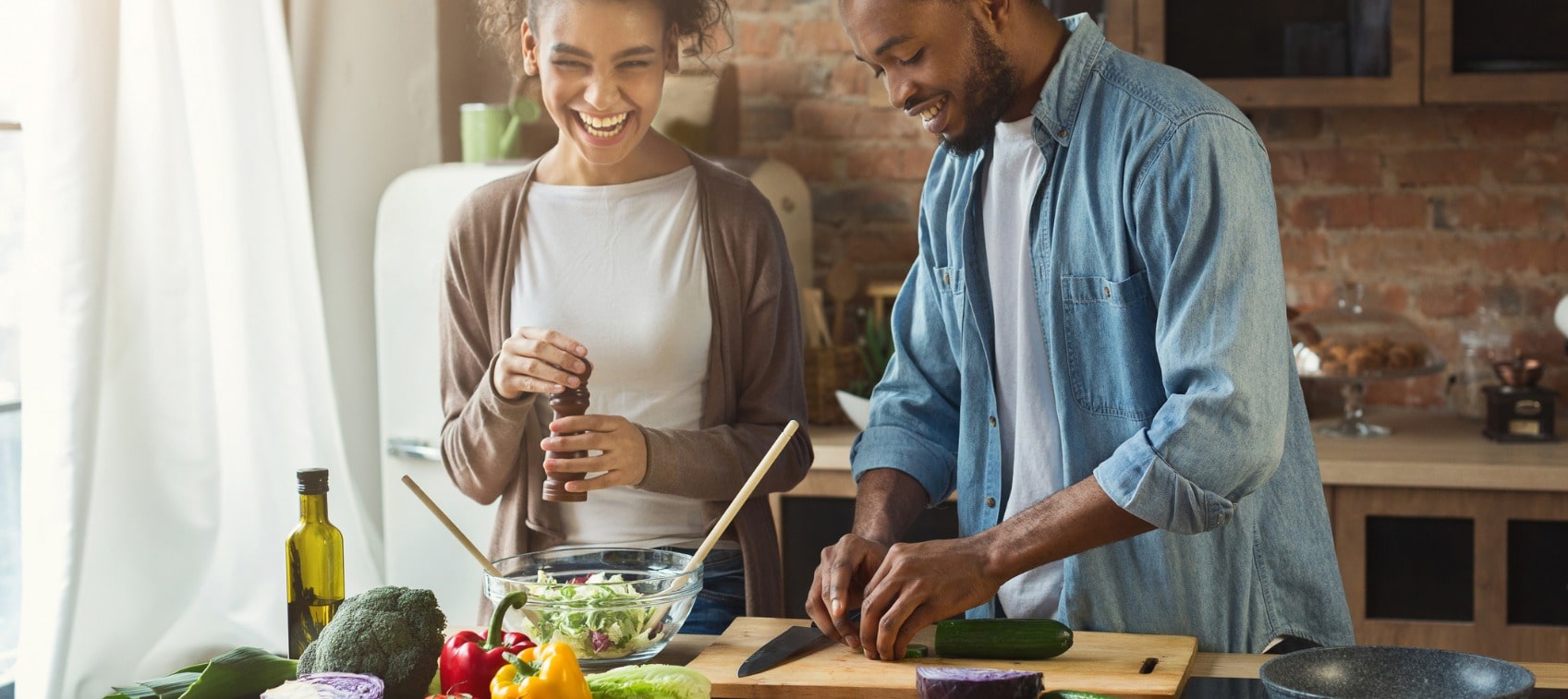
So, you’re suspicious that you might have a gluten allergy or sensitivity, but you’re not totally sure. Cutting gluten—the general name for proteins found in certain grains—out of your diet can be life changing, but it’s also really difficult. It’s understandable that you would want to be sure it is necessary before taking the plunge. The best way to figure out if you are sensitive to gluten is to try avoiding it, and then slowly reintroducing it back into your diet. This is called a “food elimination diet.”
Before going into the details of how to eliminate gluten, it is important to learn what foods contain it.
First, Learn What Foods Contain Gluten
It can take a little while to master this, but it is essential in choosing a gluten-free lifestyle. Start with learning which grains contain gluten, because then you can look for these in the ingredients.
Gluten-containing grains include:
- Wheat (varieties and derivatives of wheat, including: wheatberries, durum, emmer, semolina, spelt, farina, farro, graham flour, kamut, and einkorn)
- Rye
- Barley
- Triticale
- Oats
Oats aren’t inherently gluten-containing, but they are often processed in facilities where gluten-containing grains are processed and, therefore, the risk of cross contamination is high. For those that have celiac disease or who are acutely sensitive to gluten, it is best to find certified gluten-free oats.
Hidden Sources of Gluten
Processed foods can be tricky as they often contain gluten in trace amounts. Foods that often contain gluten to watch for are:
- Beer
- Soy sauce (gluten-free tamari is an alternative)
- Salad dressing
- Sauces
- Processed lunch meats and hot dogs
- Meat substitutes (made with seitan, wheat gluten)
- Soups
- Condiments, such as mustards and those containing barley malt (malt vinegar, malted milk, malt extract and syrup, etc.)
- Brewer’s yeast
- Food coloring
Implement the Two Steps of an Elimination Diet
There are two major phases of the elimination diet: the elimination phase and the reintroduction phase.
1. Elimination Phase
Do not eat all gluten-containing foods for a minimum of 30 days. It is important to eliminate gluten 100% and not cheat. With different diets gaining popularity that are inherently gluten free, such as Keto, Paleo and Whole 30, there is a lot more support and a wide availability of different recipes that can help assist someone when going gluten free.
If eliminating gluten is a real stretch for you, don’t worry too much about what I am going to say below as long as it is a short-term thing. Gluten-free alternative foods can be a helpful crutch when the thought of going gluten free feels impossible.
Be mindful that just because something is “gluten free,” it isn’t necessarily a “healthy alternative.” Gluten-free cookies, pastries, waffles, etc. are still treats whether they contain gluten or not. Also, a lot of gluten-free alternative foods are high in refined carbohydrates and starchy grains (such as rice, tapioca, and sorghum flours) and often lack fiber. Therefore, they can be highly glycemic and increase your blood sugar if you don’t pair them with a healthy fat or protein. It is preferable to choose gluten-free products made from higher protein flours such as almond, teff, buckwheat, and quinoa and look for bread that contains additional fiber foods such as psyllium husk, chia, flax seeds, etc. If you are committing to making a long-term lifestyle change, this is very important.
During the elimination phase, you may experience some withdrawal symptoms that can include fatigue, irritability, increased hunger, headache, or body aches. Recording your foods and keeping a symptom diary are often helpful. By the end of the 30-day period, if your symptoms are due to gluten, you will see a complete or at least a very significant reduction in your initial symptoms.
2. Reintroduction Phase
Eliminating a food that you eat regularly can be challenging, but I often hear back from my patients that the reintroduction can be even harder. Cutting out foods can be a challenge but once you find your go-to replacements, people report it isn’t as hard as they thought. With reintroduction, however, it can be tricky to let some foods back in without opening the flood gates!
Clear reintroduction is important, because after all that hard work eliminating gluten from your system, you want to make sure you get a clear picture to know IF and WHAT foods are aggravators for you. This part can help you tease out if it is gluten in general or maybe just wheat that you may be reacting to.
When reintroducing (sometimes also called challenging) gluten-containing grains, I recommend starting with non-gluten free oats (since they contain the least amount of gluten), then barley, then rye, then wheat. It is best to use pure whole grain forms.
Follow the 4-day reintroduction protocol below for each new gluten-containing test food you would like to challenge. Use a food journal to record your progress and any symptoms. To avoid confusion about which food is causing what symptom, make sure to wait for any elicited symptoms to resolve before reintroducing another food.
Steps for Reintroduction
DAY 1: Eat 2-3 servings of the test food you are introducing, 2x in one day, and record any symptoms you have in your food journal.
DAY 2 and 3: Remove the test food and go back to eating only foods you ate on your elimination diet. Record any symptoms you have during this time in your food journal as well, as some symptoms are delayed and take up to 3 days to show up after a challenge.
DAY 4: Your next steps depend on your symptoms.
- If NO symptoms occurred after the test food, then add that food back in to your diet on a regular rotation.
- If only MILD symptoms occurred after the test food or if you are unsure about a possible reaction to that food, remove the test food, wait for an additional 3 days, and challenge it again.
- If STRONG symptoms occurred after the test food, you may have a food allergy or sensitivity to that food.
When a food elicits symptoms, it is recommended to remove this food from your diet for at least 6 months before re-challenging. By learning whether gluten is an issue for you or not, this knowledge puts you in the driver’s seat so you aren't at the whim of your symptoms. When you have the option to cheat and eat gluten, you can decide if it is worth enduring your symptoms or not. If you are working with a naturopathic doctor, they will often support your gut health with probiotics and healing nutrients during this time as well.


